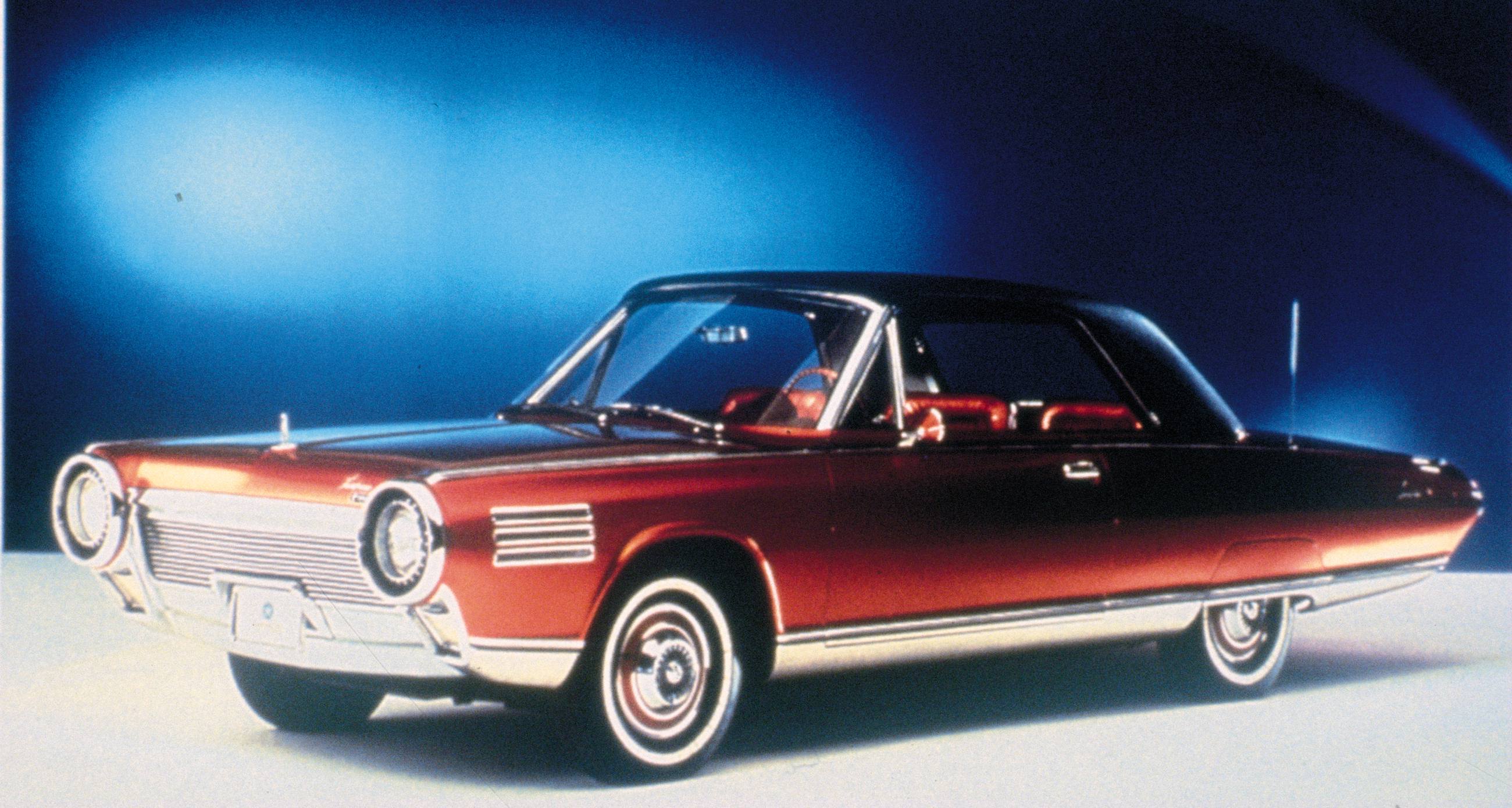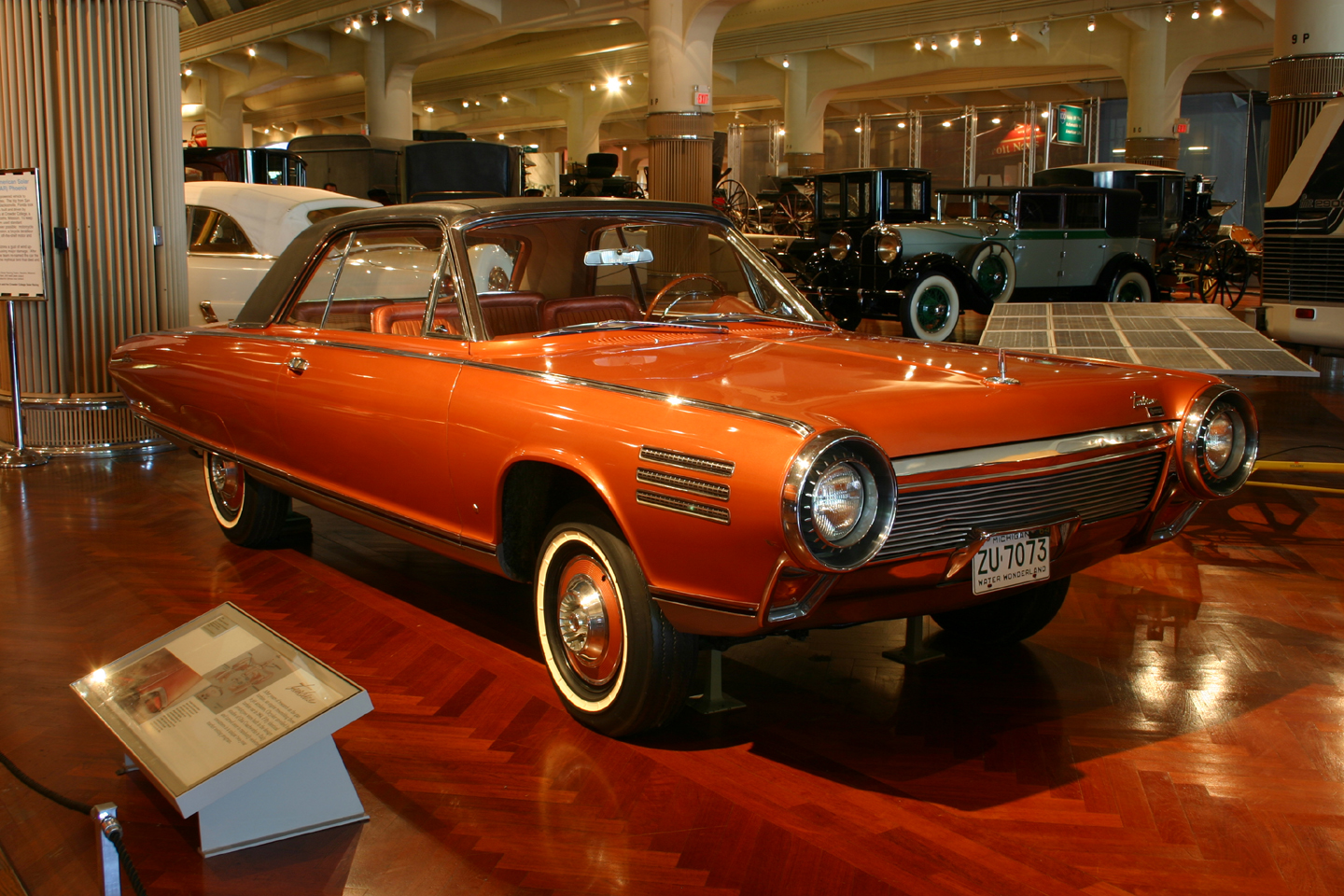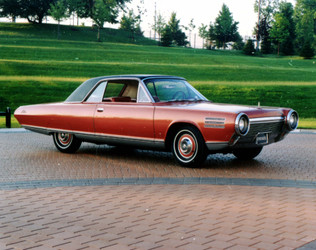True or False: Chrysler crushed its Turbine Cars to avoid paying taxes
Posted by Jil McIntosh on Jan 5th 2022
Among the more famous of radical engine designs is the turbine. And, of course, the best-known car to use one was the 1963 Chrysler Turbine.
Fifty-five were built, most handed out to everyday drivers for real-world testing. Afterwards, most were crushed. There was customs duty due on them, and the story goes that Chrysler destroyed them rather than pay the tax. But was that really the reason?
Many automakers experimented with turbine technology, from as early as 1908. Rover and Renault set speed records with turbine engines in the 1950s. GM put turbines into three Firebird concept cars; Ford put them into a Thunderbird, Fairlane and highway truck; and Volvo, Mercedes-Benz, Volkswagen, Fiat, and International all tried them out.
Chrysler drove a 1956 Plymouth equipped with one from New York to Los Angeles. After two more turbine-powered cross-country trips in 1962, the company decided to go all-out on the engine.
The bodies for the 1963 cars were built by Ghia in Italy, painted and with interiors, and shipped to Michigan – hence the customs tax – where Chrysler installed the drivetrains. The first five were prototypes; the remaining 50 were for the test.
More than 200,000 people applied when the program was announced, and 203 were chosen. Each got a car for three months. They could drive as much as they liked, and only paid for fuel. The program ran from October 1963 to January 1966, and racked up more than a million miles.
If anything went wrong, Chrysler sent an engineer to fix it. If an inherent issue was found, all cars received the update – such as a transmission lockout, which prevented drivers from putting the car in gear too soon during the complicated start-up process. The engine ran on almost any flammable fuel except for leaded gas, which gummed it up. The program helped iron out many of the engine’s shortcomings, including exhaust temperature, acceleration lag, noise, and fuel consumption.
Chrysler would continue turbine experiments right up a 1978 LeBaron, but there were too many hurdles to overcome, especially price. Their raw materials were expensive, and molds had to be made and then broken apart each time to make some of the parts.
When the program wrapped up, the Turbine Cars were offered to museums. Only six were accepted. They were new cars, and museums at the time mostly collected old cars. Chrysler kept three more, and crushed the rest.
Duty was owed on any survivors, but it’s far more likely they were destroyed to keep them out of private hands. They’d spent their short lives with hand-picked drivers, and maintained by factory engineers. Local dealers didn’t have the expertise to fix them. It was also expensive to repair collision damage, since replacement panels had to be tweaked to fit the hand-built bodies.
Chrysler still hoped to market turbines, and customers who saw rough-running or rough-looking cars on the street would likely be turned off them. That, not so much the taxman, ultimately sent the Turbine Car to its doom


